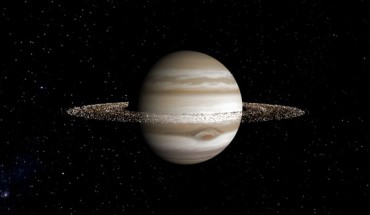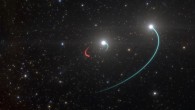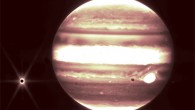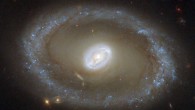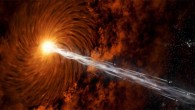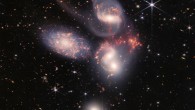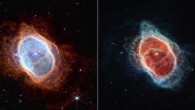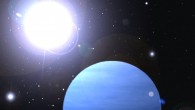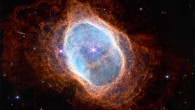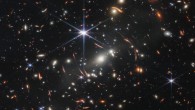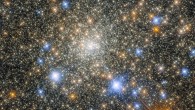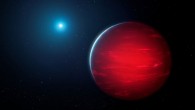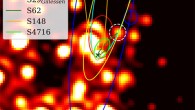Planetary rings are often speculated as being a relatively common attribute of giant planets, partly based on their prevalence within the Solar System. However, their formation and sustainability remain a topic of open discussion, and Jupiter — the most massive planet within our planetary system — harbors a very modest ring system. An artist’s rendering of Jupiter with rings that rival Saturn’s. Image credit: Stephen Kane / University...

